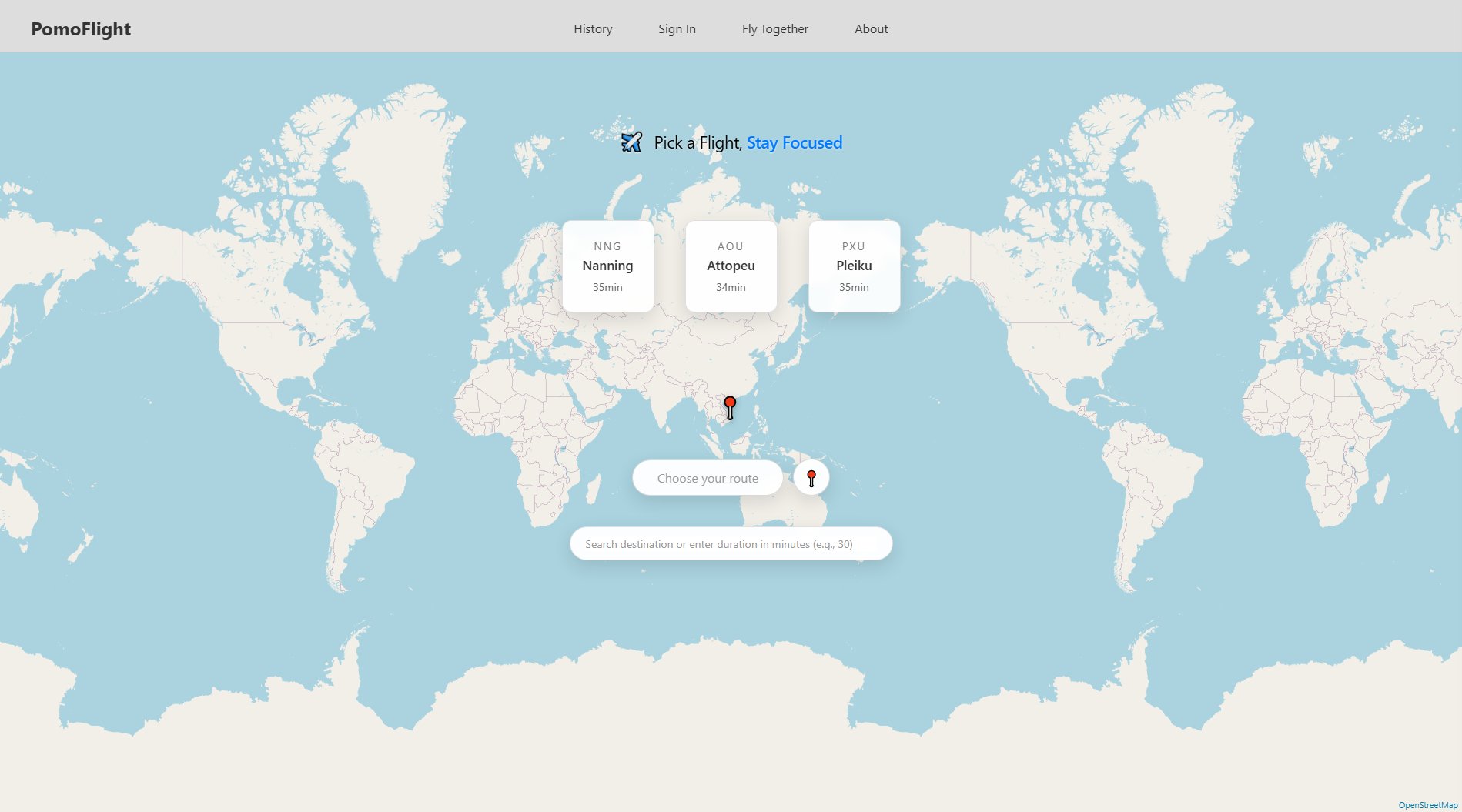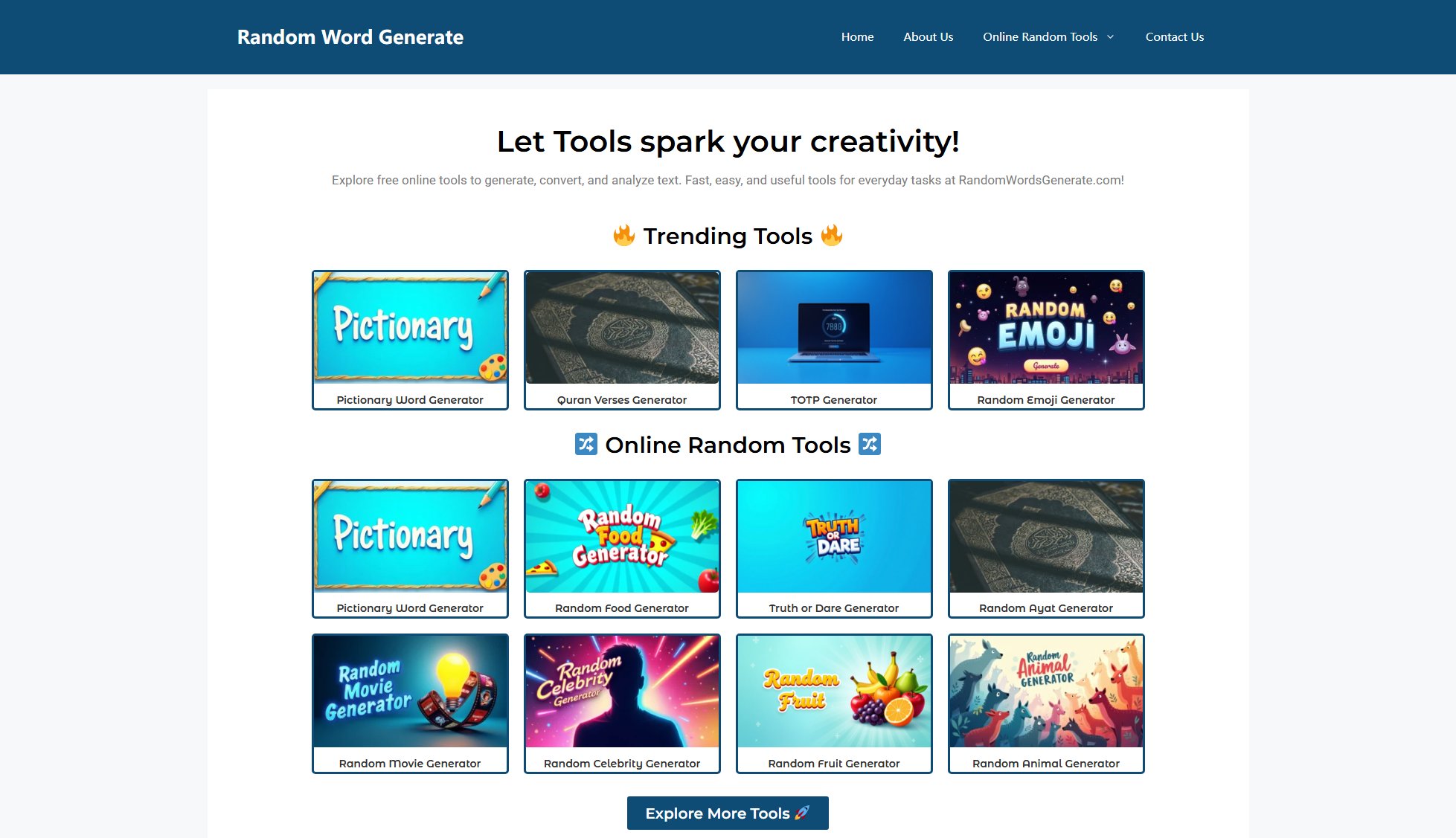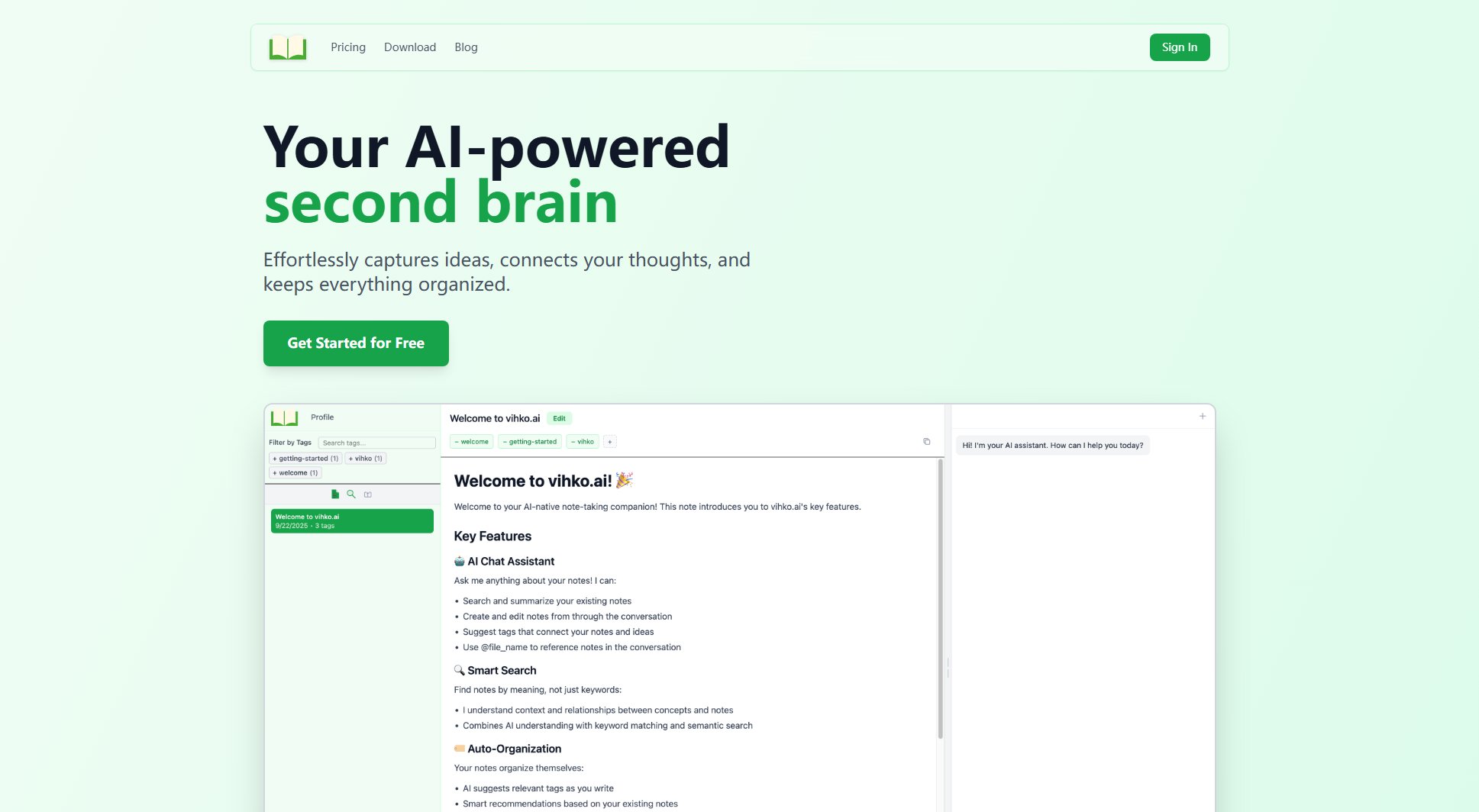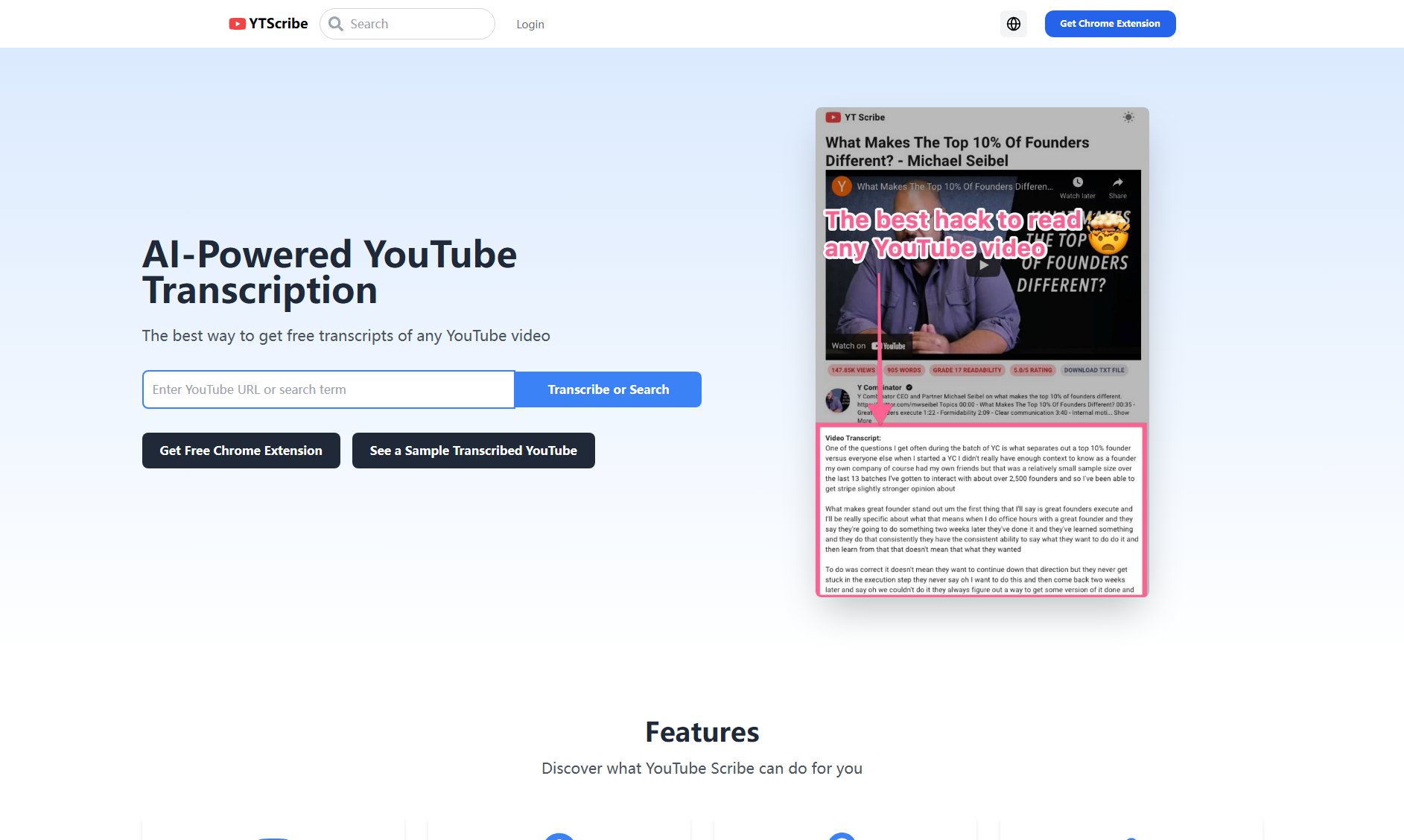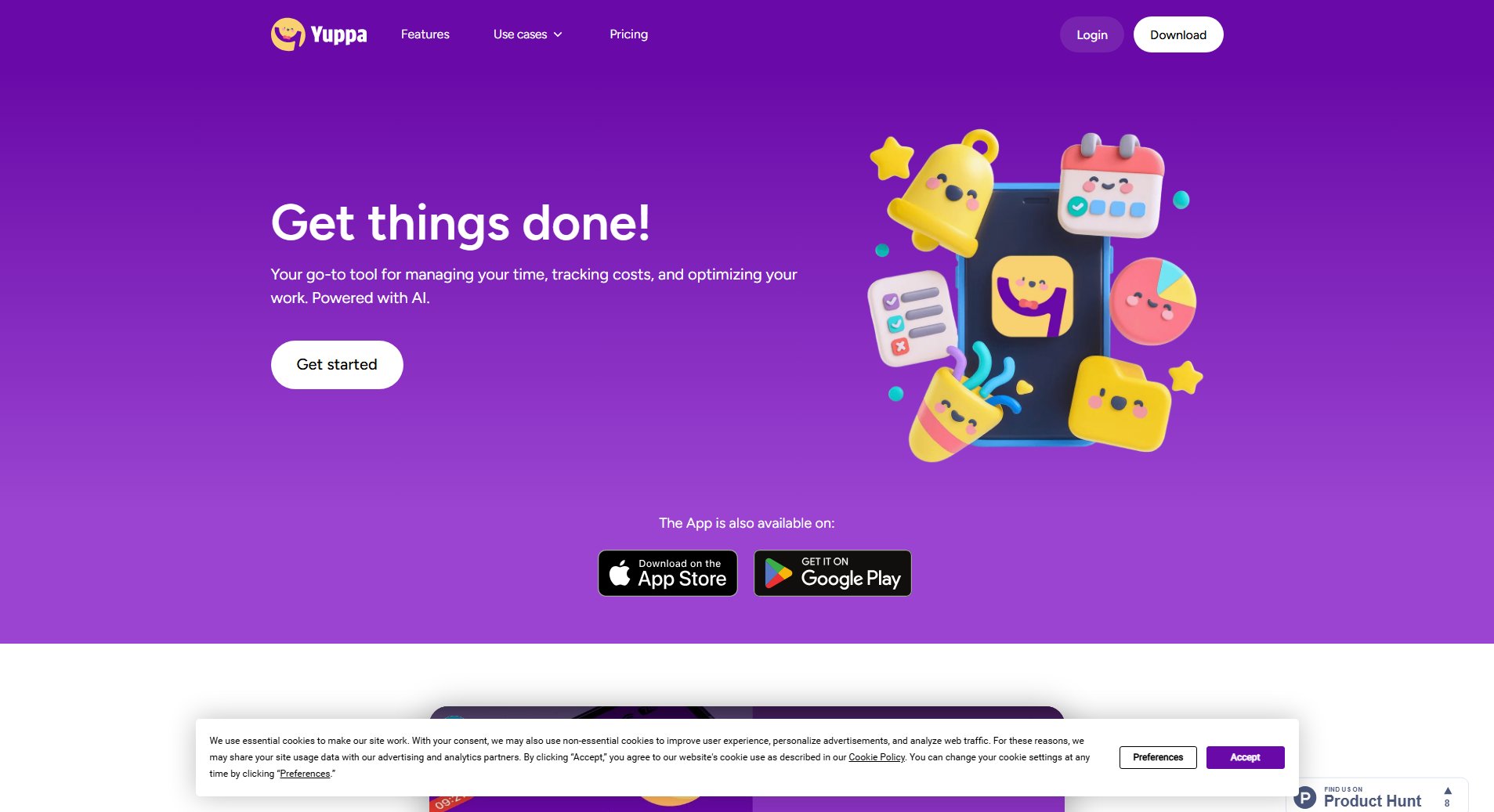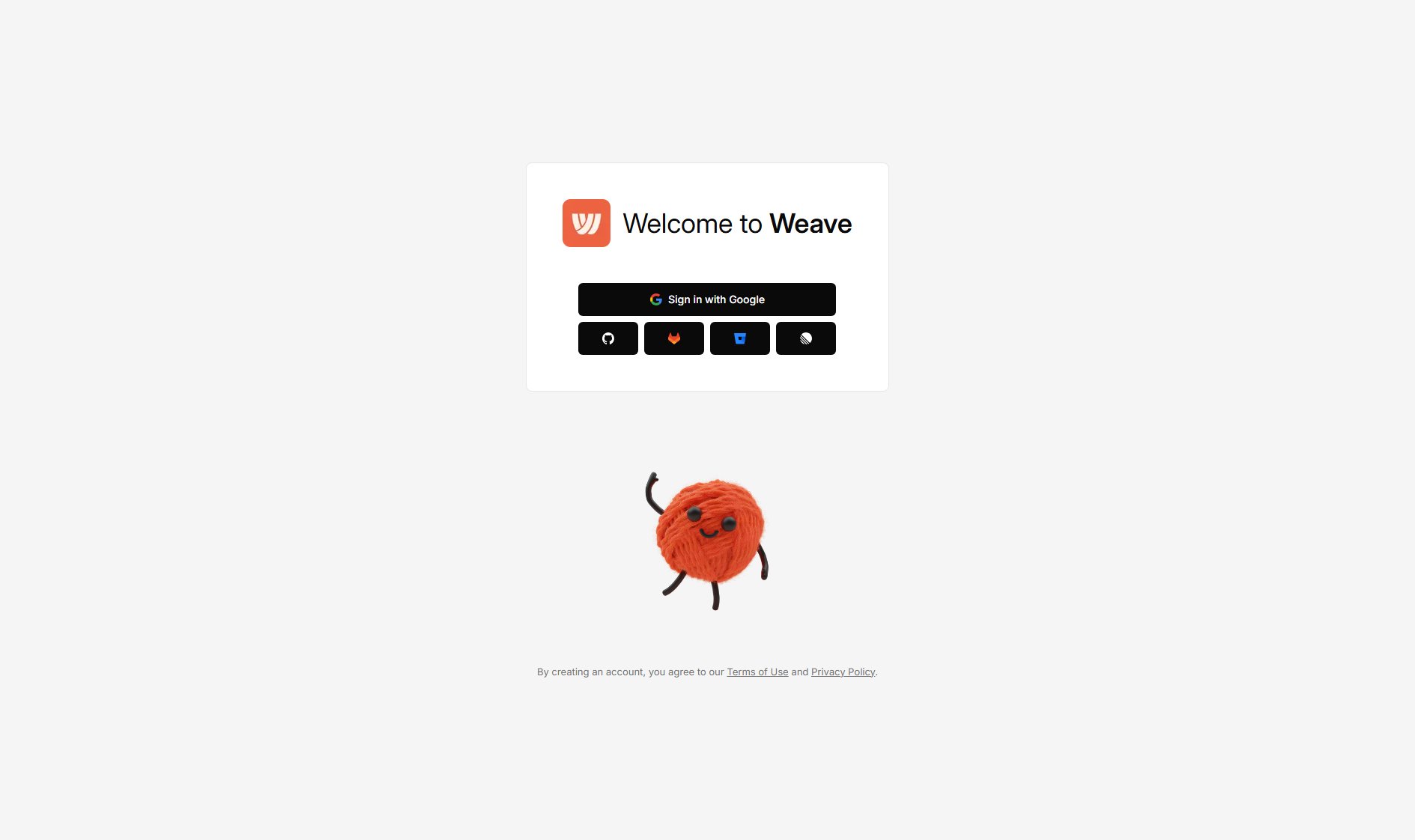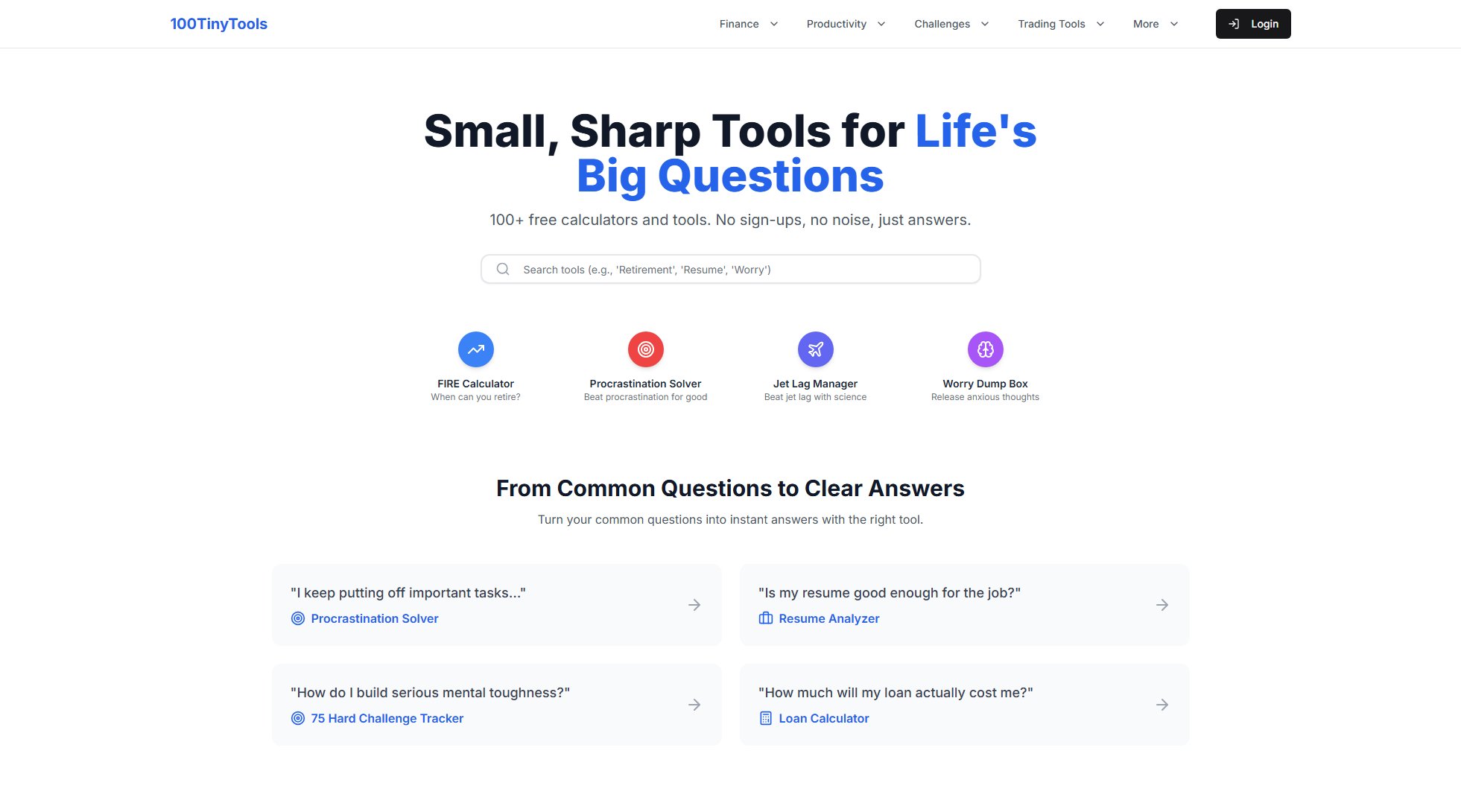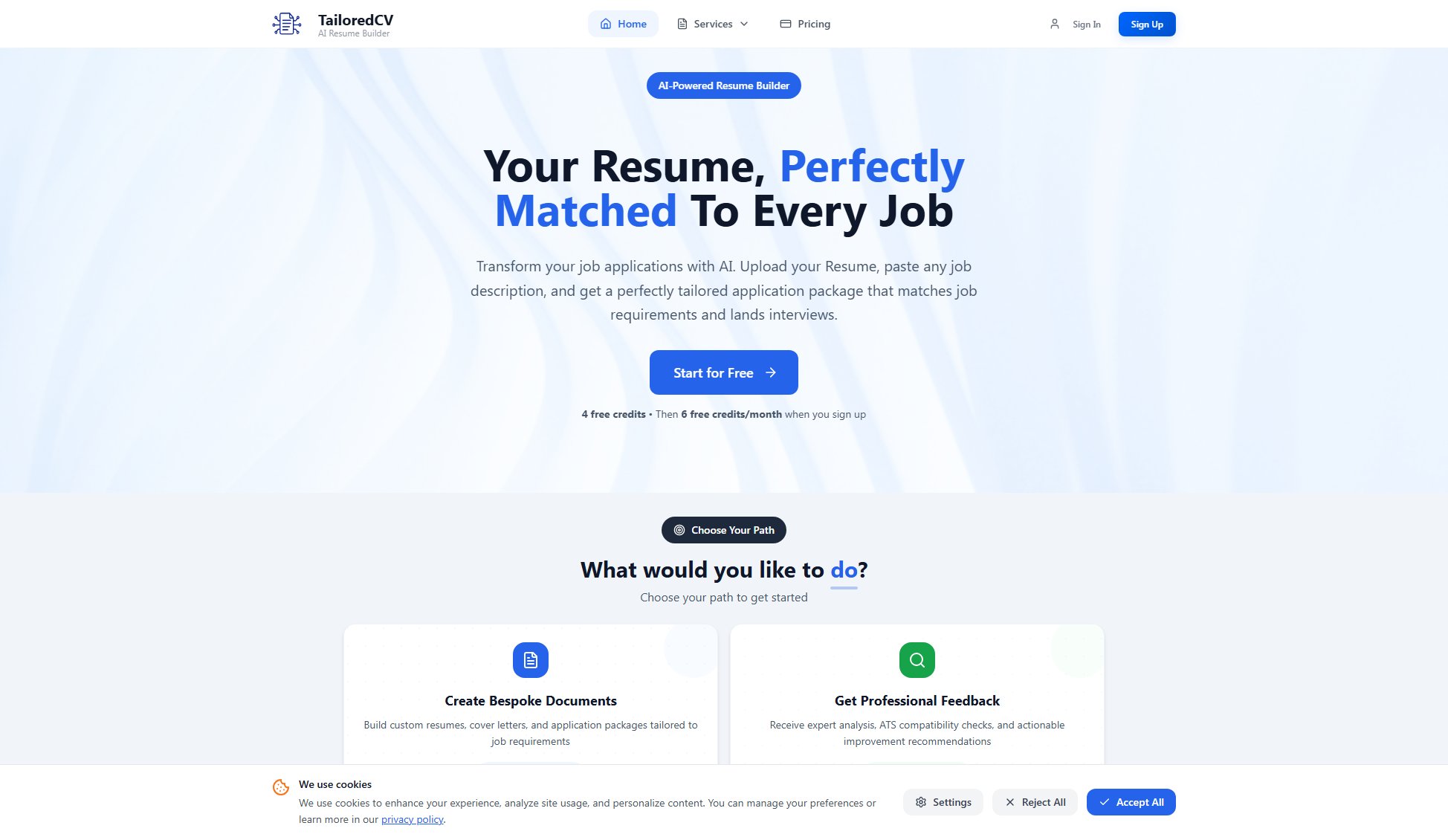FlowPing
Neuroscience-based focus timer with random alerts & micro breaks
What is FlowPing? Complete Overview
FlowPing is a neuroscience-based focus enhancement tool designed to help users enter and maintain a flow state through random alert sounds and strategically timed micro breaks. Unlike traditional productivity methods, FlowPing leverages ultradian rhythms and neural replay techniques to optimize cognitive performance. The tool is particularly effective for students, programmers, and knowledge workers who need extended periods of deep focus. By using variable ratio reinforcement (random alerts every 3-5 minutes) and aligning with the brain's natural 90-minute focus cycles, FlowPing helps users achieve 150% improvement in memory retention and sustain 10+ hour study sessions without burnout. The tool includes features like a white noise library, customizable settings, and visual progress tracking to enhance the focus experience.
FlowPing Interface & Screenshots
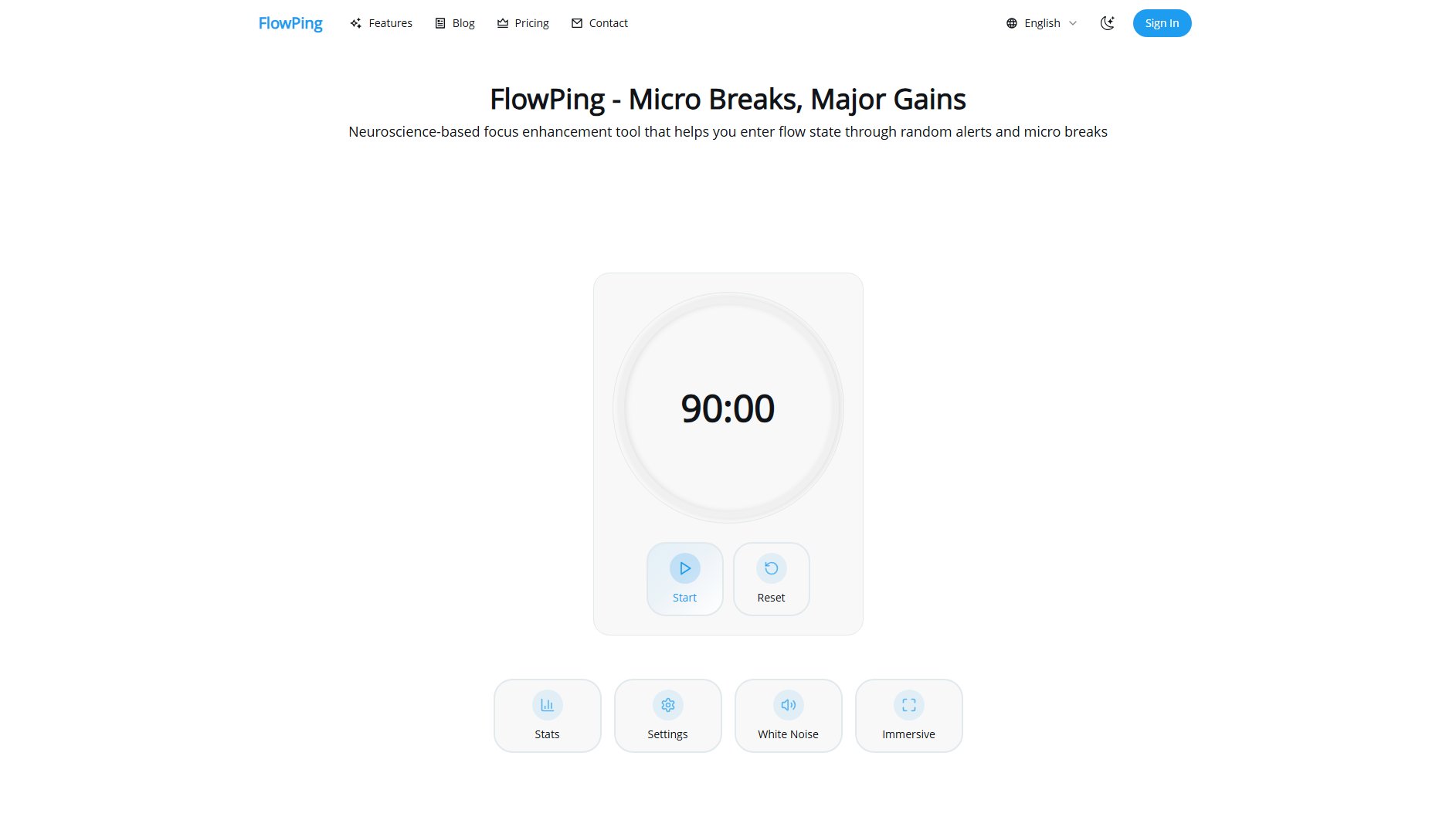
FlowPing Official screenshot of the tool interface
What Can FlowPing Do? Key Features
Random Alert System
FlowPing uses variable interval reinforcement with random chimes every 3-5 minutes to maintain engagement. This neuroscience-backed technique triggers neural replay during 10-second eye-closing breaks, doubling information consolidation speed compared to continuous work.
Ultradian Rhythm Alignment
The 90-minute focus timer aligns with your brain's natural ultradian cycles, followed by 20-minute recovery breaks. This biological synchronization prevents cognitive fatigue and maintains optimal performance throughout extended work sessions.
White Noise Library
Curated ambient sound options (Rain, Ocean, Forest, Café) create ideal auditory environments for different tasks. These scientifically-selected frequencies help mask distractions and induce flow states for various work types.
Neural Replay Activation
Micro-breaks triggered by random alerts activate the brain's neural replay mechanism. Research shows this process improves memory retention by 150% compared to traditional study methods without intermittent rest periods.
ADHD-Friendly Design
87% of ADHD users report better focus than with medication. The unpredictable alert system provides just enough novelty to maintain engagement without becoming distracting, making it ideal for neurodiverse users.
Best FlowPing Use Cases & Applications
Exam Preparation
Students use FlowPing's neural replay system to enhance memory retention during intensive study sessions. The random alerts prevent cramming fatigue while the 90-minute cycles align with optimal learning periods, enabling 10+ hours of effective studying per day.
Programming Work
Developers leverage the tool's flow state maintenance for extended coding sessions. The micro-breaks prevent tunnel vision while the ambient sounds mask office distractions, resulting in 87% fewer context switches compared to traditional timers.
ADHD Management
Neurodiverse users benefit from the unpredictable alert system that provides just enough novelty to sustain attention. Clinical data shows 87% of ADHD users prefer FlowPing over medication for maintaining focus during work tasks.
How to Use FlowPing: Step-by-Step Guide
Start the 90-minute focus timer to begin your ultradian rhythm session. The timer is preset to match your brain's natural focus cycles for optimal cognitive performance. Select your preferred ambient sound from the white noise library to create your ideal work environment.
Work deeply until you hear a random chime (occurring every 3-5 minutes). When the alert sounds, close your eyes for exactly 10 seconds to activate neural replay. This brief pause allows your brain to consolidate information without breaking your flow state.
After completing the 90-minute focus session, take a full 20-minute ultradian break. This recovery period prevents mental fatigue and prepares your brain for another productive cycle. Avoid screens during this time for maximum cognitive restoration.
Review your session statistics in the app to track progress. The visual dashboard shows focus duration, break efficiency, and productivity trends over time. Use this data to refine your work patterns for continuous improvement.
FlowPing Pros and Cons: Honest Review
Pros
Considerations
Is FlowPing Worth It? FAQ & Reviews
FlowPing uses neuroscience-based random intervals (3-5 minutes) instead of fixed 25-minute blocks. This variable reinforcement is more effective for maintaining flow state and triggers neural replay during micro-breaks, unlike Pomodoro's structured approach.
Neural replay is the brain's process of replaying recent experiences during rest. FlowPing's random alerts trigger 10-second eye-closing breaks that activate this mechanism, allowing your brain to consolidate information twice as fast as continuous study.
Yes, 87% of ADHD users report better focus than with medication. The unpredictable alert system provides optimal novelty to maintain engagement without overstimulation, making it particularly effective for neurodiverse individuals.
By following the 90-minute ultradian cycles with 20-minute breaks, you maintain optimal cognitive performance. The micro-breaks prevent mental fatigue while neural replay enhances efficiency, enabling sustainable long-duration study sessions.
FlowPing differs by using neuroscience-based random intervals rather than fixed timers. The neural replay activation and ultradian rhythm alignment make it more effective for deep work and memory retention compared to gamified or rigid timing approaches.
